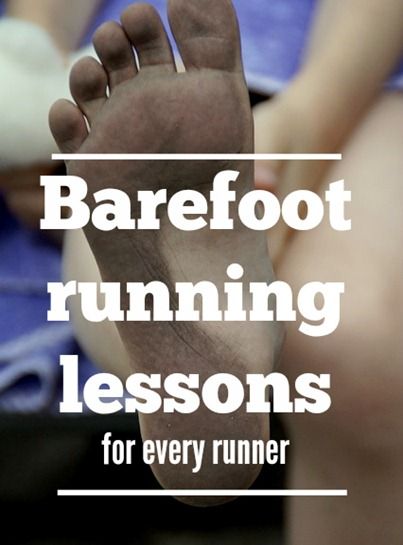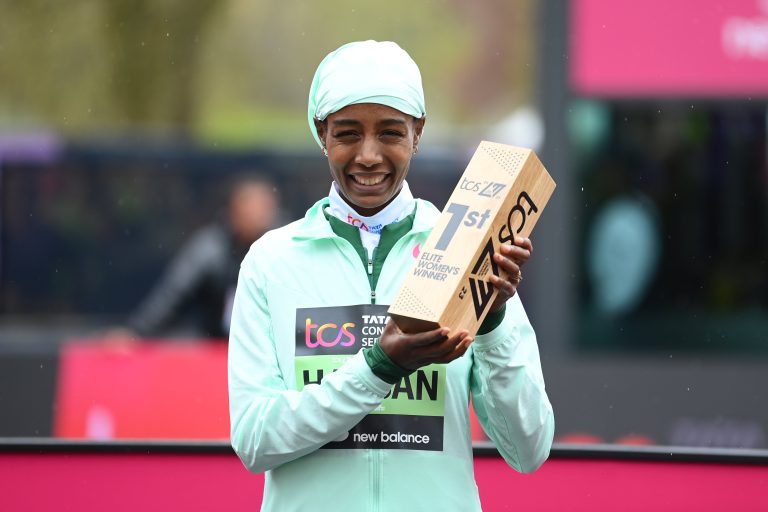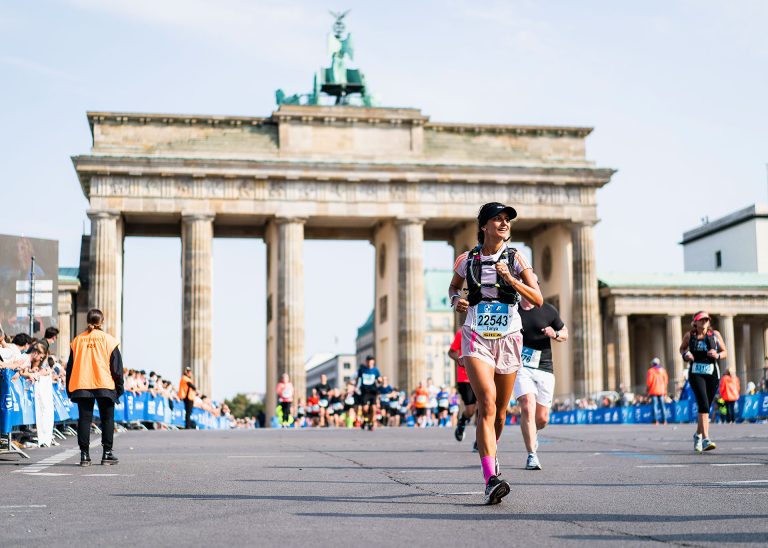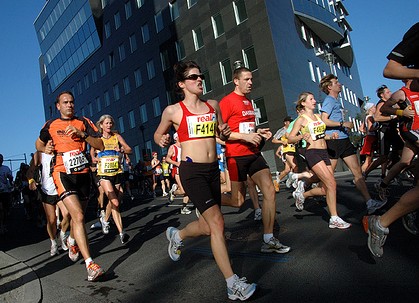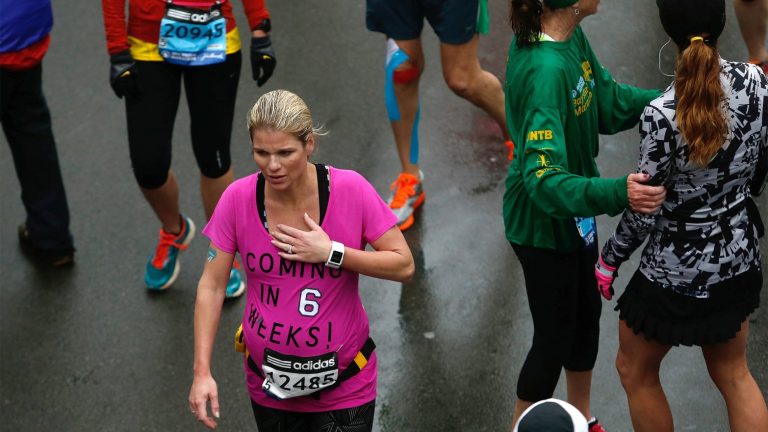Lessons From Barefoot Running
Barefoot running teaches proper form and strengthens foot muscles, reducing injuries and improving efficiency. Embracing these principles can benefit all runners.
In recent years, barefoot running has gained popularity in the running community for its ability to improve running mechanics and reduce common injuries. By understanding the lessons from barefoot running, runners can enhance their performance and overall well-being. This natural approach challenges traditional running shoe designs, emphasizing the importance of a strong, natural foot strike.
By focusing on proper form and foot mechanics, runners can experience fewer injuries, improved efficiency, and a more enjoyable running experience. This article explores the valuable lessons that barefoot running offers and how incorporating these insights can benefit runners of all levels.

Credit: www.theproactiveathlete.ca
The Rise Of Barefoot Running
Barefoot running has been on the rise, and there are valuable lessons to learn from this trend. It emphasizes natural foot movement, strengthens muscles, and reduces the risk of injury. Whether you’re a beginner or experienced runner, these insights can enhance your running technique.
The Rise of Barefoot Running Barefoot running, once considered unconventional, has gained popularity in recent years. This trend has sparked interest in the potential benefits of running without traditional footwear. Understanding the origins and rising popularity of barefoot running can provide valuable insights into this fitness phenomenon. H3 The Origins of Barefoot Running The practice of barefoot running dates back to ancient civilizations, where humans naturally ran without the support of modern running shoes. Over time, this natural running form has resurfaced as a viable approach to running. Historical evidence suggests that various cultures, including the Tarahumara people of Mexico, have embraced barefoot running for centuries. Their ability to cover vast distances barefoot has captured the attention of fitness enthusiasts and researchers alike. H3 The Popularity of Barefoot Running The rejuvenated interest in barefoot running gained momentum in the early 21st century. This resurgence was fueled by the publication of Christopher McDougall’s best-selling book, “Born to Run.” McDougall’s exploration of the ancient running traditions and his advocacy for barefoot running attracted widespread attention and captured the imagination of fitness enthusiasts. This surge in interest led to a wave of scientific research that sought to understand the potential benefits and risks associated with barefoot running. As a result, running enthusiasts have embraced the concept of barefoot running and minimalist footwear as a means to improve running form and reduce the risk of injury. In summary, the rise of barefoot running has roots in ancient traditions and has seen a resurgence in modern times. The origins and growing popularity of barefoot running provide valuable insights into its potential benefits and the evolving landscape of running-related practices.
Credit: www.treadmillreviews.ca
Benefits Of Barefoot Running
Discover the advantages of barefoot running, such as improved foot strength, better balance, and a more natural running form. By going shoeless, you can also reduce the risk of certain injuries and develop a more efficient stride. These lessons from barefoot running can enhance your overall running experience.
The benefits of barefoot running offer a natural and holistic approach to improving one’s running performance and overall foot health.Improved Running Form
Barefoot running encourages a more natural stride and gait pattern, resulting in better posture and more efficient running.Strengthening Of Foot Muscles
Running barefoot engages the smaller muscles in the feet, leading to increased strength and stability, enhancing overall foot function.Reduced Risk Of Injuries
By promoting a forefoot or midfoot strike, barefoot running lowers the impact on joints, reducing the likelihood of common running injuries.Challenges And Risks Of Barefoot Running
Challenges and Risks of Barefoot Running:
Transitioning From Traditional Running Shoes:
Switching to barefoot running can lead to muscle overuse and injuries if not done gradually.
Potential Strain On Calf Muscles:
Barefoot running can strain calf muscles due to the increased demand for support and stabilization.
Risk Of Foot Infections:
Barefoot runners are more susceptible to foot infections as they lack the protection of shoes.
Tips For Transitioning To Barefoot Running
Barefoot running has gained popularity for its potential to improve running technique, strengthen muscles, and reduce injury. However, transitioning to barefoot running requires a gradual approach and careful consideration of proper techniques. Here are some essential tips for making a successful transition to barefoot running:
Start Slowly And Gradually
Begin your transition to barefoot running gradually. Start by incorporating short barefoot runs into your regular training, allowing your feet and body to adapt to the new demands. Over time, gradually increase the duration and intensity of your barefoot runs to minimize the risk of injuries.
Focus On Proper Technique
Emphasize proper running form when transitioning to barefoot running. Pay attention to your posture, stride length, and foot placement to ensure a smooth and efficient transition. Avoid overstriding and focus on landing lightly on the balls of your feet to reduce the impact on your joints and muscles. Consistently practicing good running technique will help prevent injuries and optimize performance.
Strengthen Feet And Ankles
Before fully embracing barefoot running, it’s crucial to strengthen your feet and ankles to handle the increased demands. Incorporate exercises such as calf raises, toe curls, and barefoot walking to enhance the strength and flexibility of the muscles and connective tissues in your lower legs. This preparation will help mitigate the risk of potential injuries and ensure a successful transition to barefoot running.
Lessons For All Runners
Whether you are a seasoned marathon runner or just starting your jogging journey, there are valuable lessons to be learned from the world of barefoot running. While full-time barefoot running may not be everyone’s cup of tea, incorporating certain elements into your training can help improve your overall running experience and prevent injuries. In this article, we will explore two important lessons that all runners can take away from barefoot running: the importance of listening to your body and incorporating barefoot elements into training.
Importance Of Listening To Your Body
One of the key lessons that barefoot running teaches us is the importance of listening to our bodies. When running barefoot, every step becomes a sensory experience. Without the cushioning and support of traditional running shoes, our bodies naturally adjust their stride and footstrike pattern to minimize impact and maximize efficiency. Paying attention to how our bodies react to different surfaces and speeds is crucial in preventing injuries and optimizing performance.
By listening to our bodies, we can identify any discomfort, pain, or asymmetries that may indicate a need for adjustments. This could involve modifying our running form, switching to more supportive footwear, or incorporating specific exercises and stretches to address imbalances. Ignoring these signals and pushing through pain can lead to more serious injuries and setbacks, hindering our progress as runners.
Key takeaway: Listen to your body and respect its signals. Make necessary adjustments to your training routine to prevent injuries and enhance your running experience.
Incorporating Barefoot Elements Into Training
While running completely barefoot may not be feasible or desirable for everyone, incorporating barefoot elements into your training routine can have numerous benefits. The minimalist approach of barefoot running can help strengthen the muscles in your feet and lower legs, improve balance and stability, and develop a more efficient running form.
There are several ways you can integrate barefoot elements into your training:
- Start by using minimalist shoes with thinner soles and less cushioning. These shoes provide some protection while still allowing your feet to engage with the ground.
- Include barefoot exercises in your warm-up routine, such as heel raises, calf stretches, or toe scrunches. These exercises help activate and strengthen the muscles in your feet and lower legs.
- Find opportunities to run on natural surfaces like grass or sand, which provide a more varied and stimulating environment for your feet and promote natural foot movements.
- Gradually increase the amount of barefoot running or walking in your training to allow your feet to adapt and strengthen over time.
Key takeaway: Introduce barefoot elements into your training to strengthen your feet, improve balance, and enhance your overall running form and performance.

Credit: www.treadmillreviews.ca
Frequently Asked Questions On Lessons From Barefoot Running
How Does Barefoot Running Affect Your Feet?
Barefoot running strengthens feet muscles and reduces the risk of injuries by promoting a natural foot strike.
Is Barefoot Running Suitable For Everyone?
Barefoot running can be beneficial, but it may not suit everyone. Those with existing foot conditions should consult a professional.
What Precautions Should I Take While Transitioning To Barefoot Running?
Gradually transition to barefoot running to avoid injuries. Start with short distances, maintain proper form, and listen to your body’s signals.
Conclusion
Embracing barefoot running teaches valuable lessons about natural movement and foot strength. It encourages mindfulness, proper running techniques, and a connection with the environment. Through patience and gradual adaptation, runners can experience improved balance and reduced injury risks. Ultimately, barefoot running offers an insightful approach to enhancing overall running performance.

